The Challenge Of Global Learning In Public Education
There is tremendous pressure for education to ‘globalize.’ But the challenge of global learning is that it isn’t universally agreed upon.
There is tremendous pressure for education to ‘globalize.’ But the challenge of global learning is that it isn’t universally agreed upon.
Getting parents involved in school leads to improved academic outcomes for students and the potential for a healthier community.
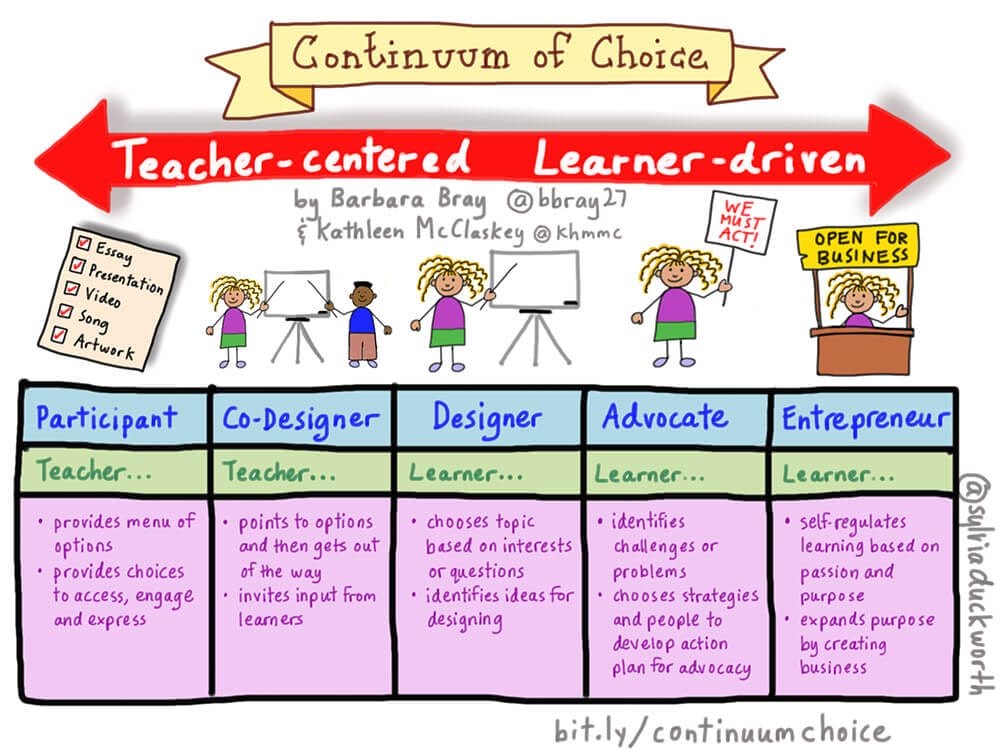
What’s the difference between a teacher-centered and learner-driven classroom? A continuum of student choice in the classroom.
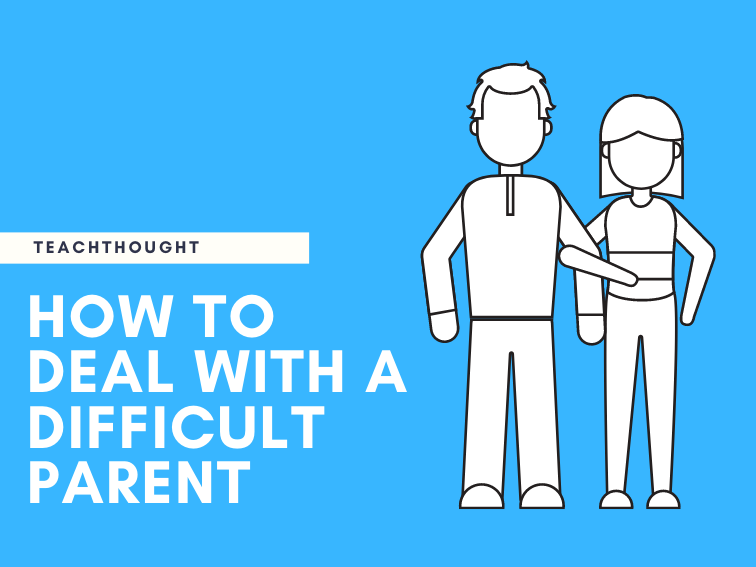
In all of my years of teaching, I can count on one hand the number of ‘difficult parents’ I had to face. But when I did, it was extremely challenging.
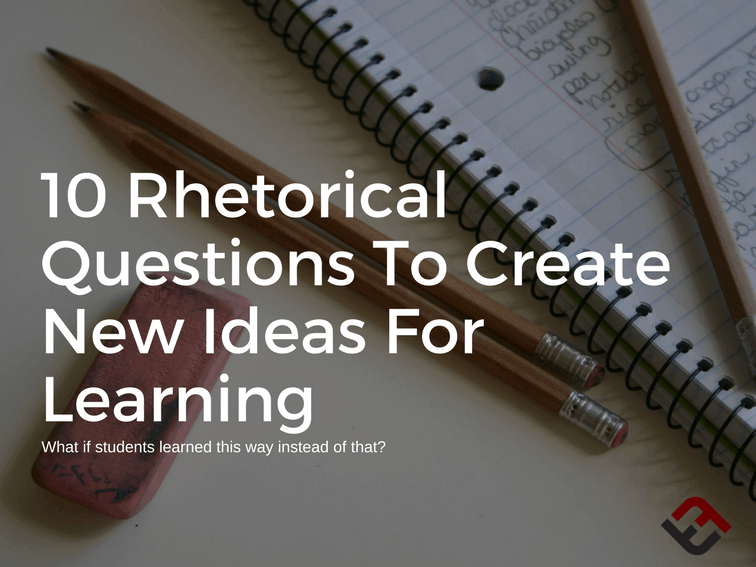
I’m not saying any of these ideas are good—or even the least bit viable. Or that they wouldn’t be detrimental. I’m just wondering what would happen.
We continue to view schools as a kind of infrastructure whose condition is binary–something industrial we should ‘open’ or ‘close.’
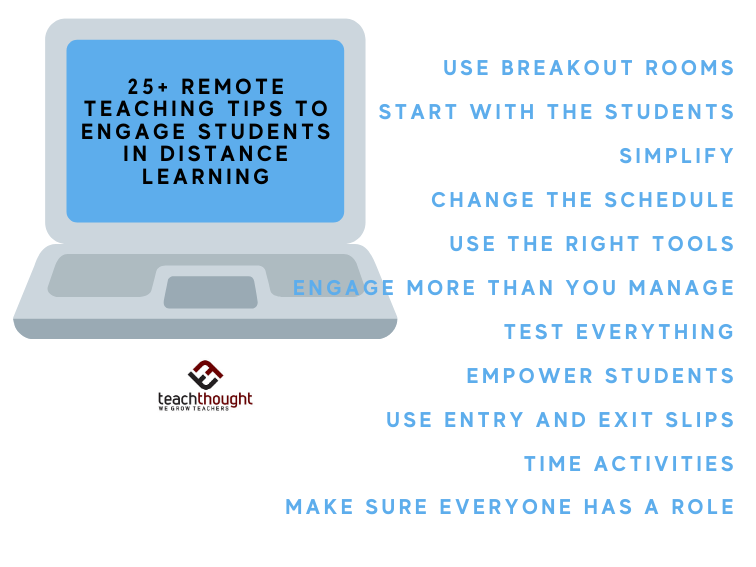
Don’t get distracted that everything is ‘different.’ Start with the student and their needs and the unique opportunities in front of them.
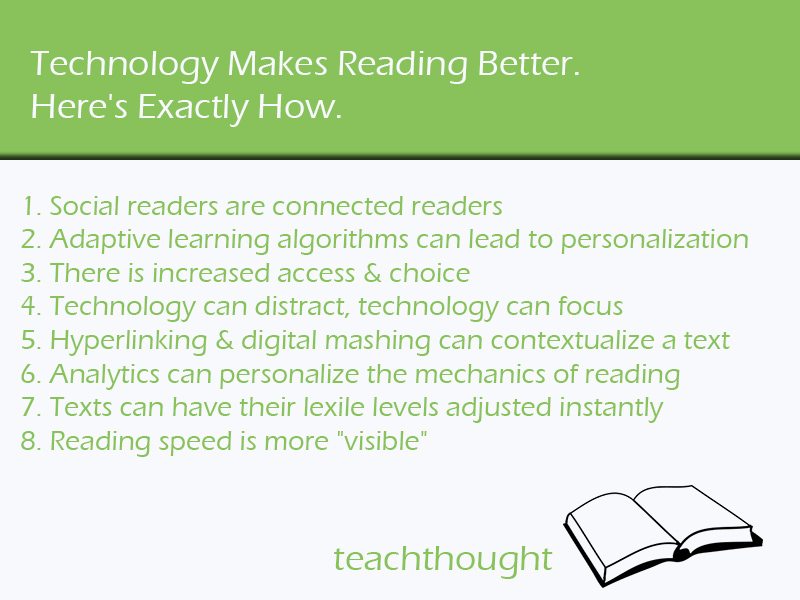
Let me be clear: I prefer physical books with soft covers. This is not about sentimentality. Rather, this is about how technology can make reading better.
WindowSwap is a simple website that lets you look out someone else’s window from nearly anywhere in the world. And it’s strangely relaxing.
The future of learning is certainly blended learning–a mix of remote and face-to-face instruction. Perhaps we should use current momentum?
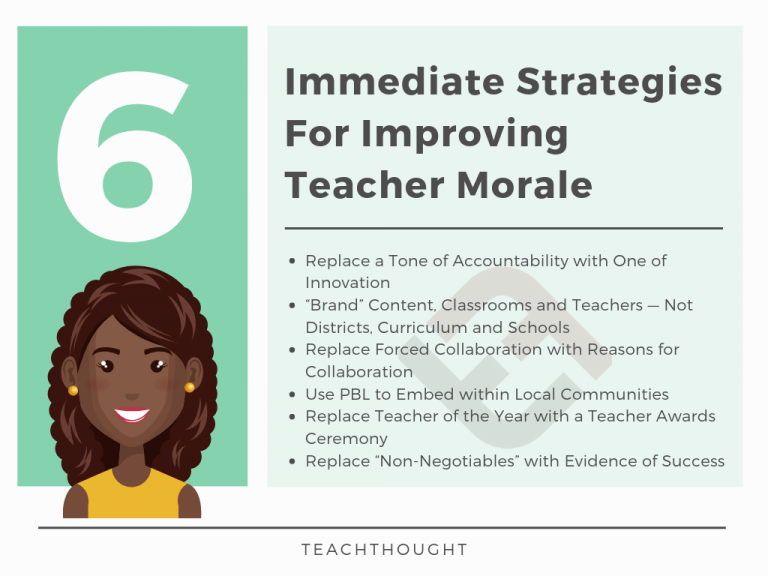
Rediscovering the human elements of teaching and learning is among the most powerful strategies for improving teacher morale.

How are teachers suddenly the frontlines in the fight against COVID? More importantly, “What is the best way to teach children in a pandemic?”